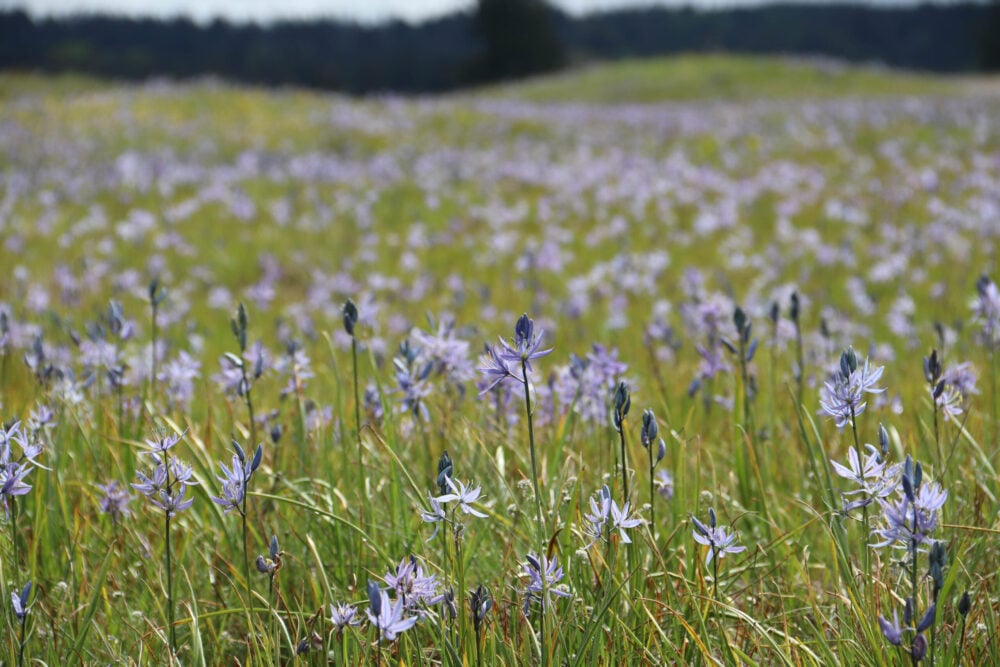
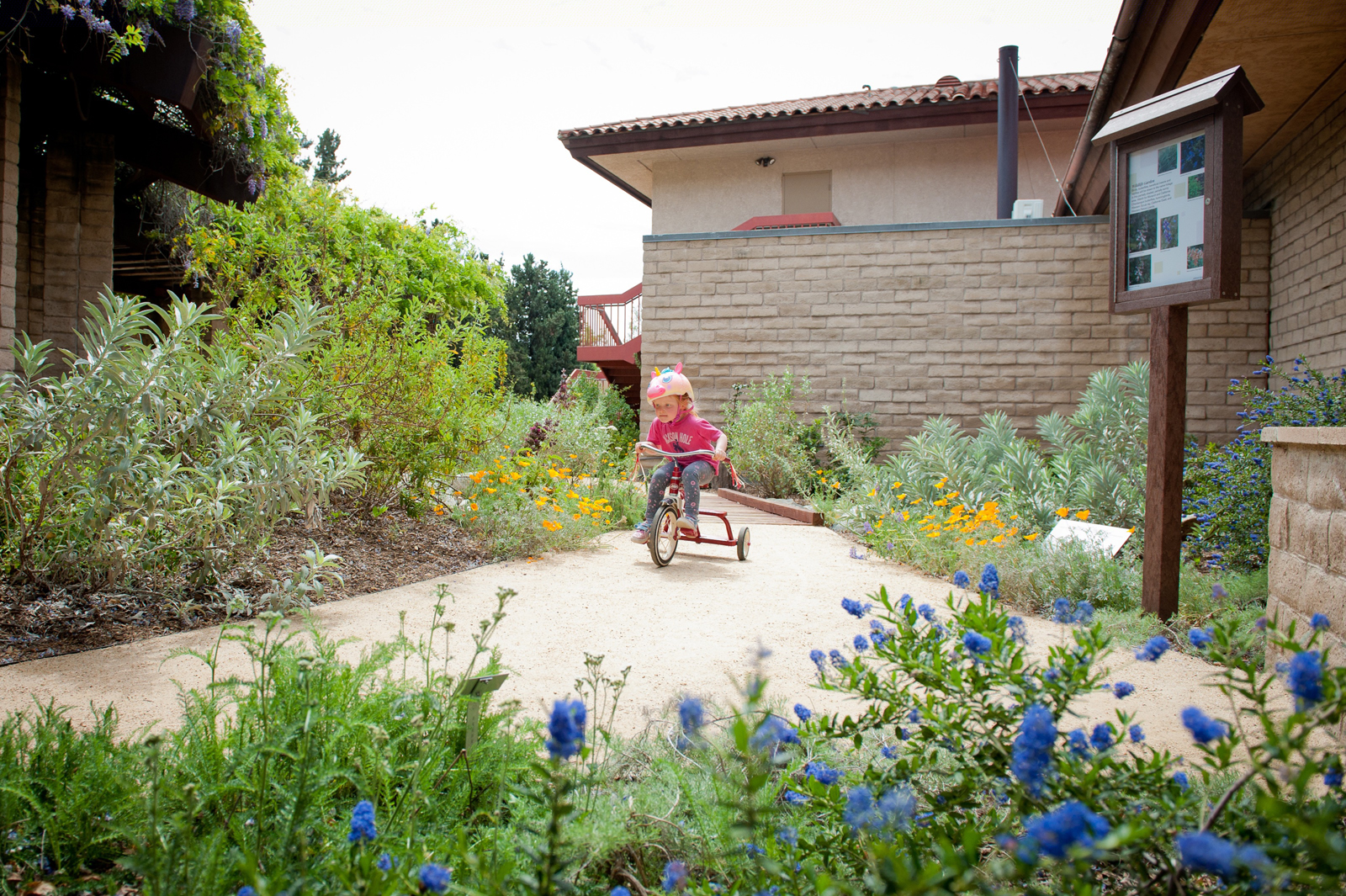
Contributor

California’s distinctive beauty is recognized around the world. Our coastline and cityscapes alike are iconic. Some of that beauty is manufactured. Some is authentically natural.
I’m not sure why we fake it. Authentic beauty, a mix of lush, leafy native plants, combined with permeable hardscape that recognizes the need to absorb every drop of water, is more than delightful. It is essential. And it can protect us from natural disasters like fires, floods, and slides, super-charge our economy and home budgets, and leave a bright new world for our kids.
Nature is a game changer.
For nature to work its magic, we need to start seeing the unseen—the spaces between buildings, abandoned lots and parking lots, freeway median strips, school playgrounds, and city hall landscapes. These often neglected spaces can have an outsized impact on the environment, the economy, and our health and equity when we effectively harness their power.
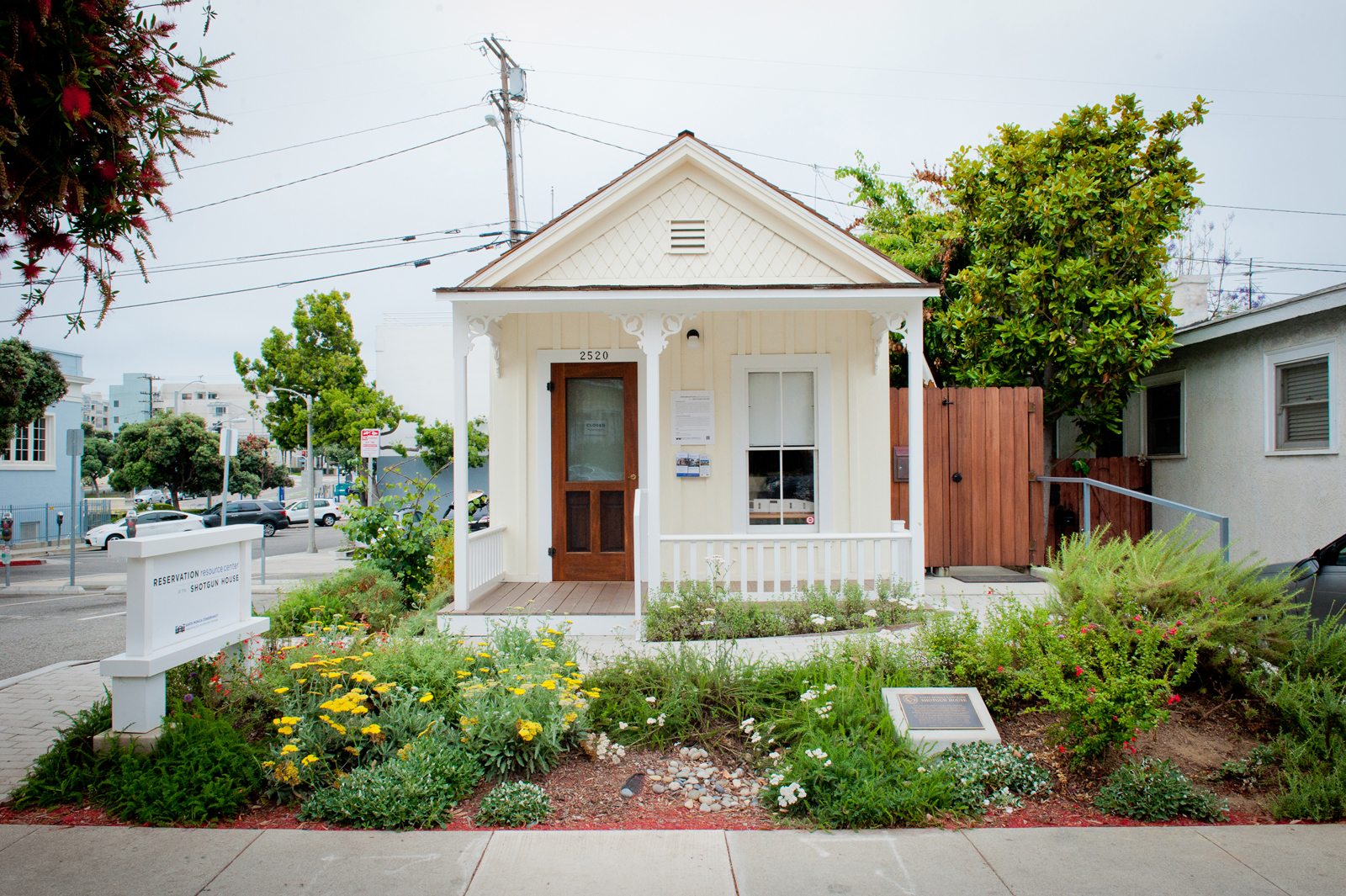
Environment
Unbuilt and unused spaces in our communities can radically improve the resilience of our environment. The bottom line is this:
- Asphalt and cement trap heat in our cities. Trees and foliage cool them.
- Our groundwater is over-tapped and polluted. Authentic landscapes clean our drinking water and protect the ocean.
- Our air could be cleaner. Even indoor air improves when a structure is surrounded by authentic foliage.
- Chemical fertilizers, herbicides, and pesticides are toxic. Native plants make them unnecessary.
- Fires, floods, and slides are mitigated when we choose authenticity, and are exacerbated when we try to dominate our gardens with plants and hardscape strategies that belong elsewhere.
These causes and effects dance together. Removing even a few square feet of asphalt or concrete in favor of foliage doesn’t just cool nearby structures, it is the first step in cleaning our drinking water. The same native plants that mitigate California’s fire danger thrive without any chemical fertilizers or pesticides and little supplemental water. And on it goes. When we make smart choices, we start a beneficial spiral.
A great example of this upward spiral is the petite paradise surrounding the Santa Monica Conservancy Preservation Resource Center. Located just two blocks from the beach in what was once a parking lot, the garden overflows with vibrant native foliage around the renovated Shotgun House. Surrounded by asphalt and concrete on all sides, a dimple of a bioswale amplifies the landscape’s ability to absorb and filter water in these last few precious feet before it empties into the ocean. We can overlook the tragedy of the commons, the tendency for communally owned spaces to be neglected or fall into disrepair, suffered in these small places, or we can transform them into treasure.

Economy
Those of us who adore nature tend to advocate for nature for its own sake. But there is a strong economic case to make for preserving and expanding green spaces in our communities and around our homes.
Ten years after installation, a family who turns a 1000-square-foot turfgrass lawn into a meadow of California native grasses can save enough on lawn care to fund a bachelor’s degree at UCLA. That won’t be all they save. If that family also plants a coast live oak (Quercus agrifolia), the tree will cut their energy bills by 25 to 50 percent, and, as its canopy expands, raise their property value by 7 to 23 percent.

A biodiverse hedge of native Catalina cherry (Prunus ilicifolia subsp. lyonii), lemonade berry (Rhus integrifolia), and Oregon grape (Berberis aquifolium, syn. Mahonia aquifolium), will amplify those savings and can occasionally feed the family as well as the birds.
The smart decisions of this one family benefit the whole community. The oak tree will raise neighboring property values as well, and its greenery will cool the neighborhood, reducing everyone’s energy costs. Because the foliage in this garden stays put, unlike invasive combustible plants like pampas, fountain and feather grassses, it will not contribute to the costs of fires and mudslides born by us all. And as it filters water, adding no toxic chemical fertilizers or pesticides to it, an LA-authentic garden,—that is a landscape made up of native plants, water-capturing hardscapes, bioswales, rain barrels, and cisterns—reduces our water importation needs.
If one family’s decisions produce such powerful effects, can you imagine what happens when we act as a community?
We need not imagine this scenario—we’ve seen it in action. In 2014, the City of Sierra Madre was facing a loss to its water independence and a not-unrelated budget crisis. A determined and influential resident inspired the city to renovate 9000 square feet of lawn surrounding city hall in favor of native plants. He galvanized neighborhood organizations, school groups, and residents, to raise money for the project. These same groups participated in the garden’s installation, working alongside city groundskeepers and my staff of horticulturists, hardscape craftsmen, and water efficiency engineers.

The Authentic Foothill Gardens at the base of LA’s grandest foothills are now a showcase for water-absorbing, fire-wise, slope-saving, wildlife-supporting beauty. That’s great, but in hard-nosed financial terms, it is even better. This garden isn’t just a community treasure—it’s a bank. It is replenishing groundwater and restoring Sierra Madre’s water independence. It costs only a fraction of the staff time and money needed to maintain the former turfgrass lawns. The plantings mitigate fire danger and, by its very presence, the landscape educates residents about making good landscaping choices. The kids who participated in the installation take great pride in the growth of “their” plants.
Sierra Madre transformed the tragedy of the commons into a community’s joy and treasure. That is the predictable result when we transform unseen places—the city hall lawn we walk right by, the highway-adjacent open-space we ignore, the weedy vacant lots, and concrete medians we avoid. They each hold the possibility of enriching us all.
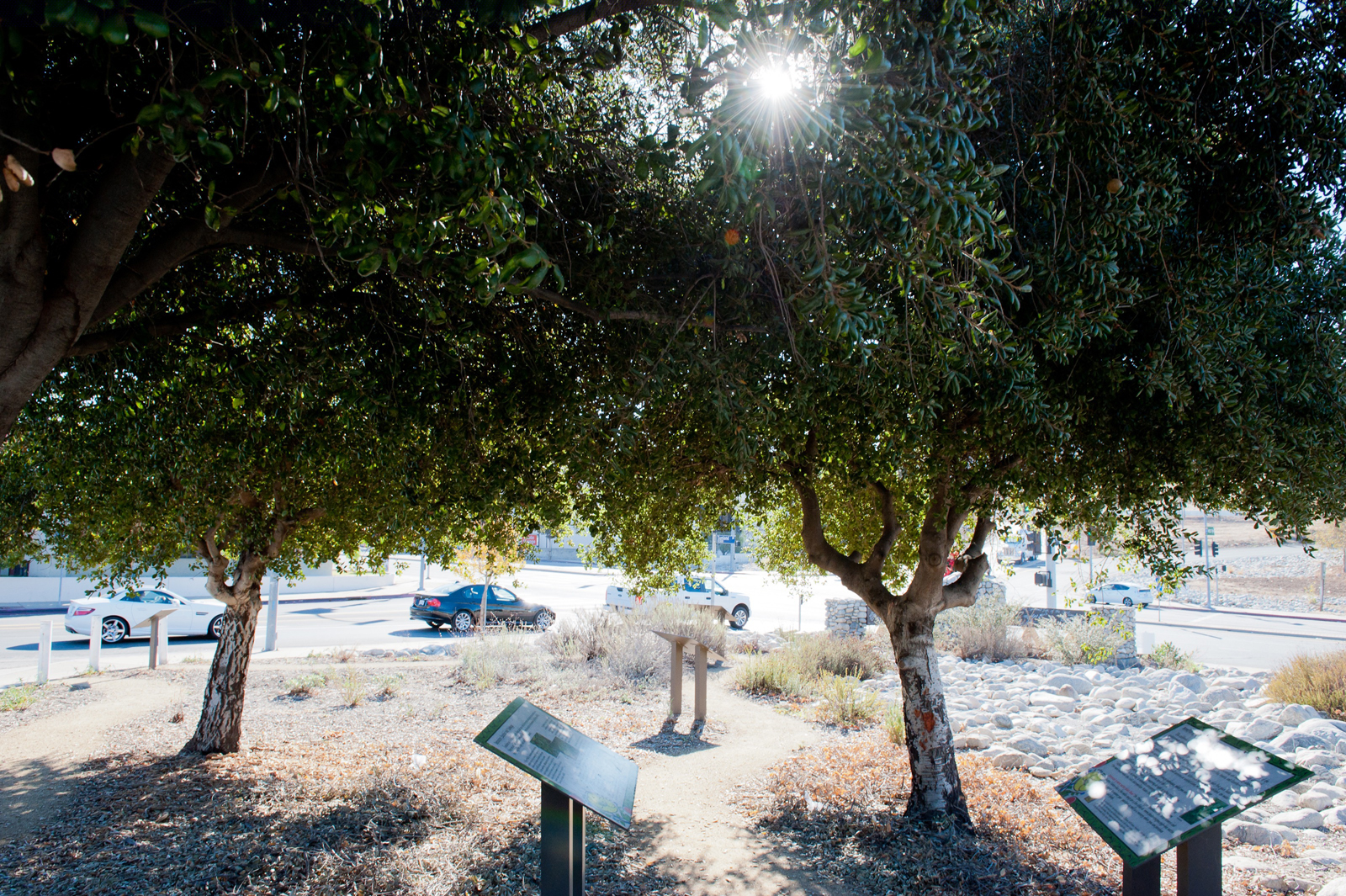
Health and Equity
The greatest treasure we earn with smart landscaping decisions is our own vitality and resilience. We are, after all, of nature ourselves, and we feel better, move more, fight less, and live longer, when we spend abundant time in abundant greenery. Even a small patch of greenery makes a difference. Even a view of that small patch can lift hearts and minds!
A 1500-square-foot garden in an abandoned lot lifts depression. Forest bathing can change markers for breast cancer and chronic diseases. Walks in nature can reduce symptoms of ADHD and PTSD that best or rival medication. Surgery patients recover faster with a view of greenery. I could go on and on, but others have done a fantastic job of covering this territory.
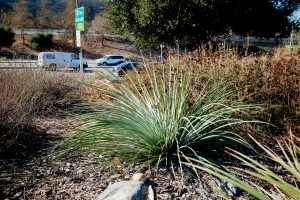
What interests me most are the precise benefits of native landscapes to Los Angeles. Lush, leafy, native plants, combined with permeable hardscapes that recognize LA’s need to absorb every drop of water, provide distinctive benefits to our health and vitality. First and foremost, they introduce no toxins. They are cool, fragrant, and full of ever-changing, year-round blooms. Finally, but perhaps most importantly, these plants attract birds, butterflies, lizards, and other fauna—they are perpetually full of opportunities for wonder, delight, and connection.
Those that benefit most from smart landscape choices in our communities are the smallest among us. Beautiful landscapes increase our ability to concentrate and decrease stress. As one might expect, those effects led to better academic achievement at schools with greenery. Because authentic, native foliage can integrate seamlessly with edible gardens—and kids who plant fruits and vegetables, eat fruits and vegetables—we can give kids the experience of “hunting” through native school gardens for healthy treats. The opportunities to provide kids with increased health, achievement, and joy are endless! While home gardens produce these benefits, the impact of community spaces, particularly school gardens, is profound.
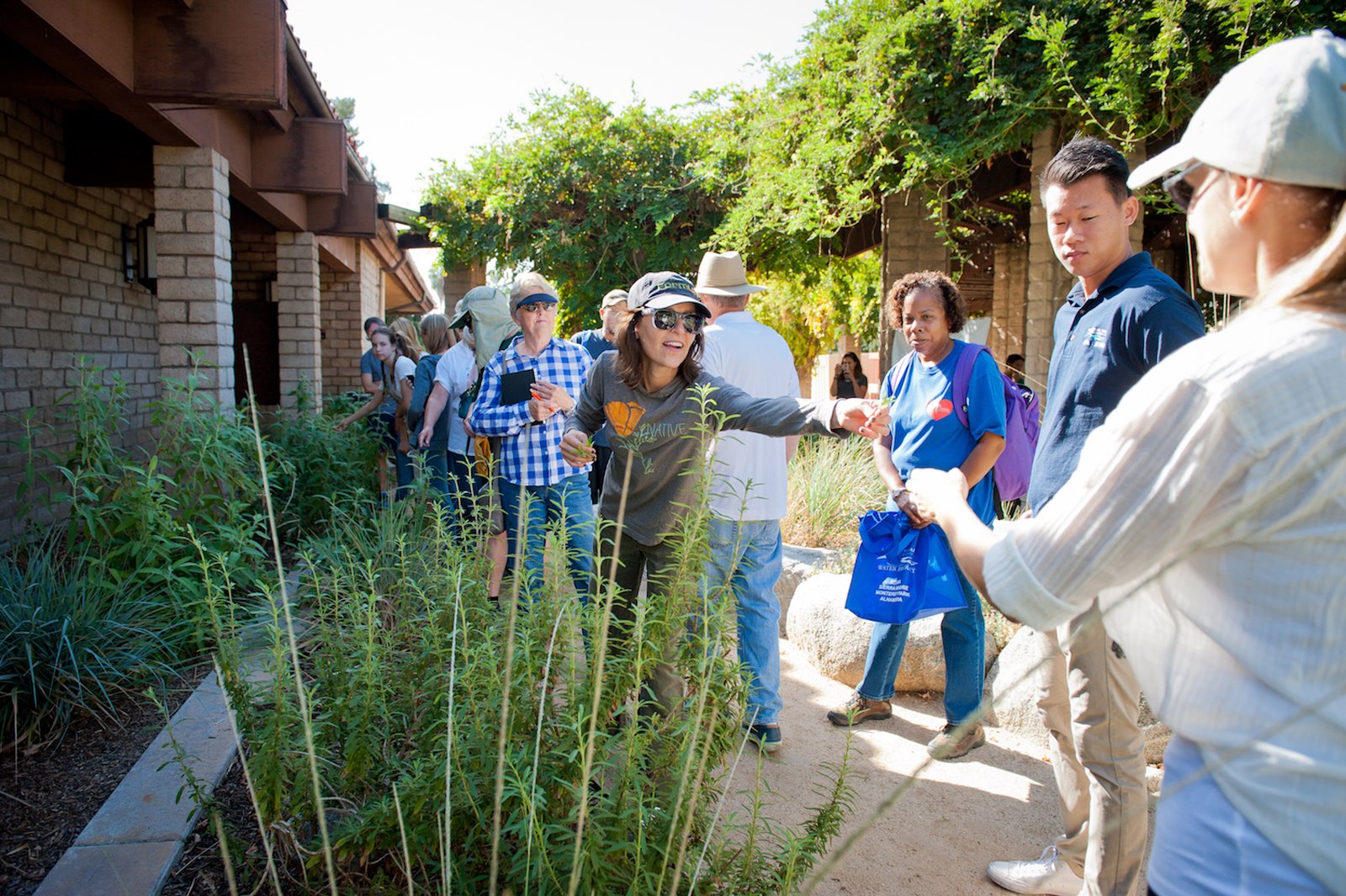
Can you see the opportunity?
Intuitively, as gardeners we know that nature is a game changer. Still, even we underestimate the power of our gardens. Our choices and the beauty we create can lift up everyone and everywhere we love.
With our shovels, we can re-calibrate the scales that weigh the prospects of the next generation. We can give our loved ones greater peace and health. We can line our pockets while gifting economic independence to our neighbors and communities. We can save ourselves from the ever-increasing heat-and-fire, flood-and-slide cycles we’ve long seen as “natural” disasters beyond our control.
It may sound tongue and cheek to a non-gardener, but I think you’ll understand this just as intuitively as you understand the value of beauty. Our shovels, our sweat, our authenticity can save the world. Let’s get digging!
Share:
Social Media
Garden Futurist Podcast
Most Popular
Videos
Topics
Related Posts
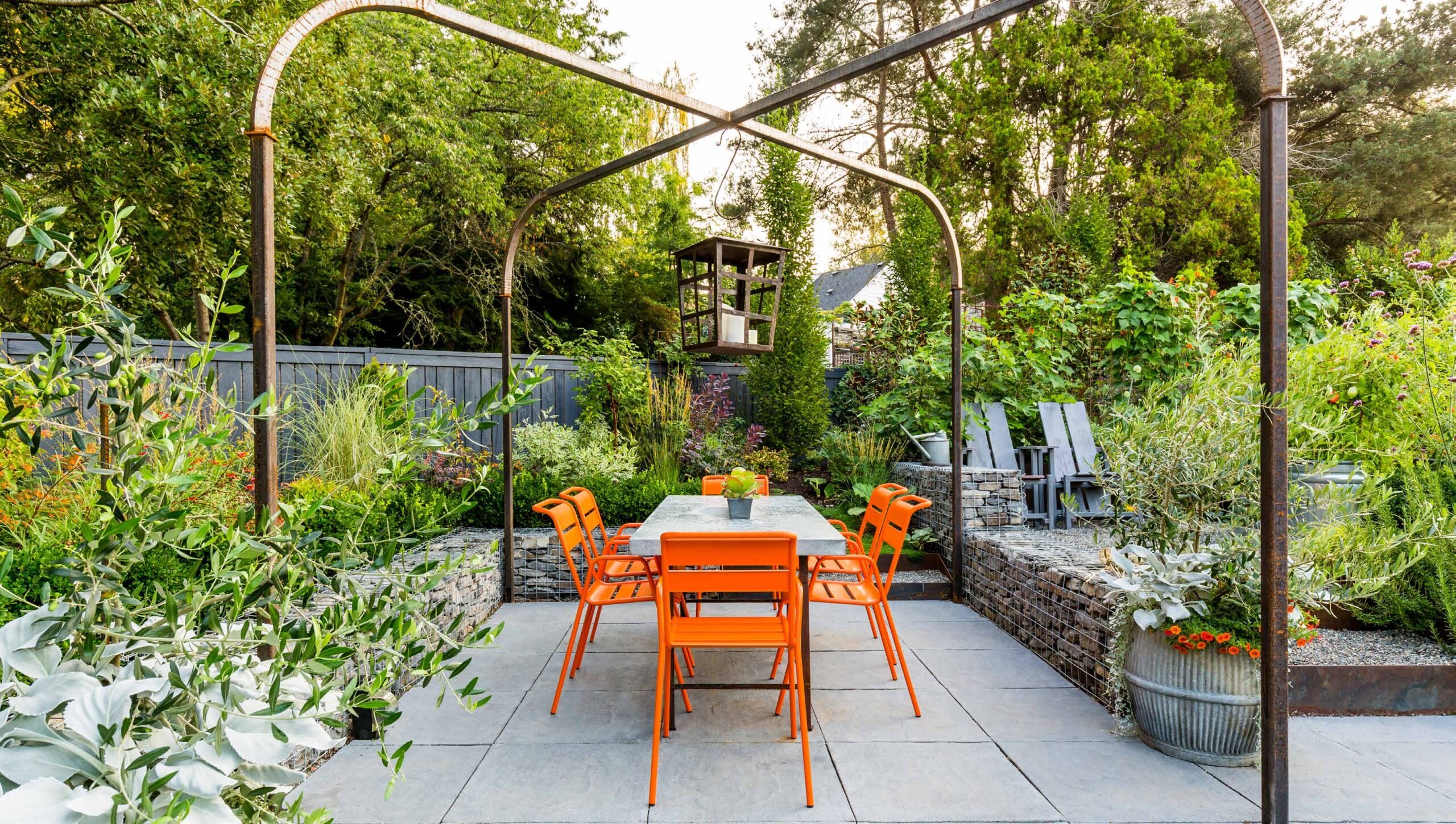
Design Futurist Award Announced: Committee Shares Vision
March 8, 2023 At Pacific Horticulture, we believe that beauty can be defined not only by gorgeous plants and design, but also by how gardens
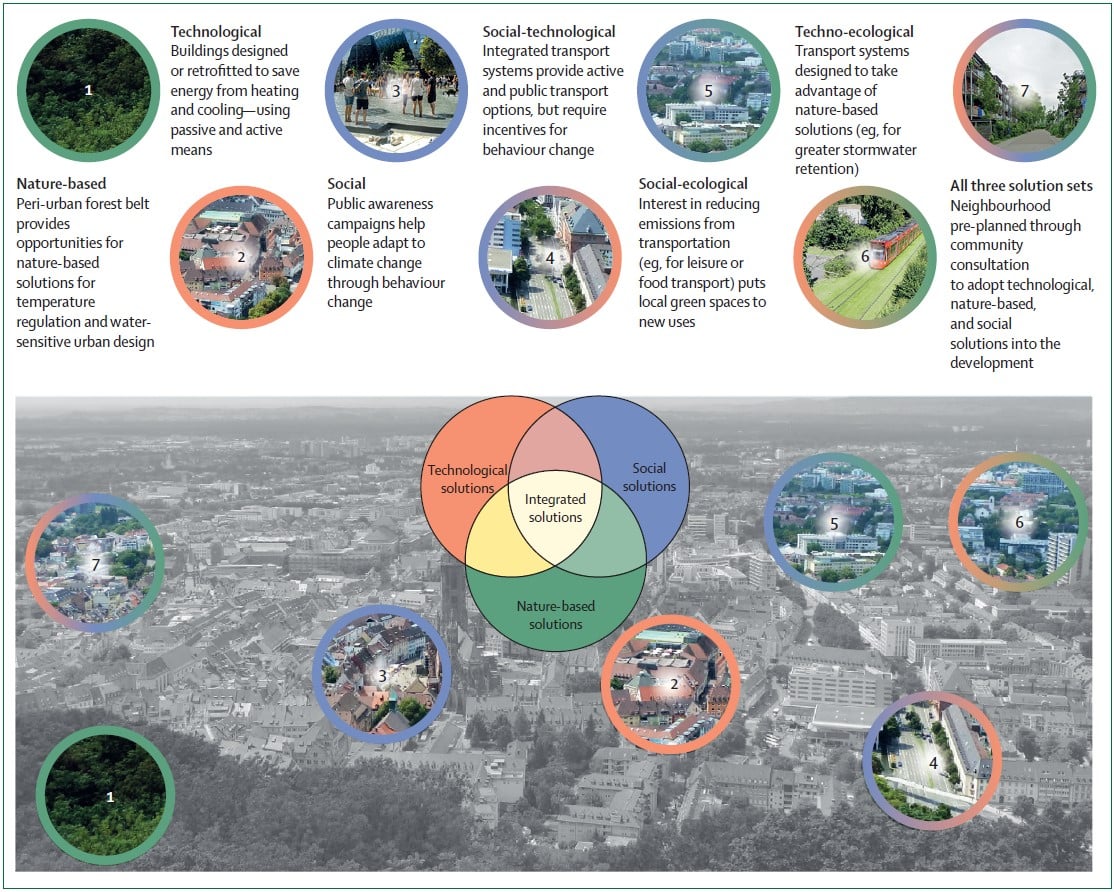
Ground Up Science for Greener Cities with Garden Futurist Dr. Alessandro Ossola
Spring 2023 Listen to the Podcast here. Alessandro Ossola is a scientist who gets very excited about the challenge of climate change allowing for an
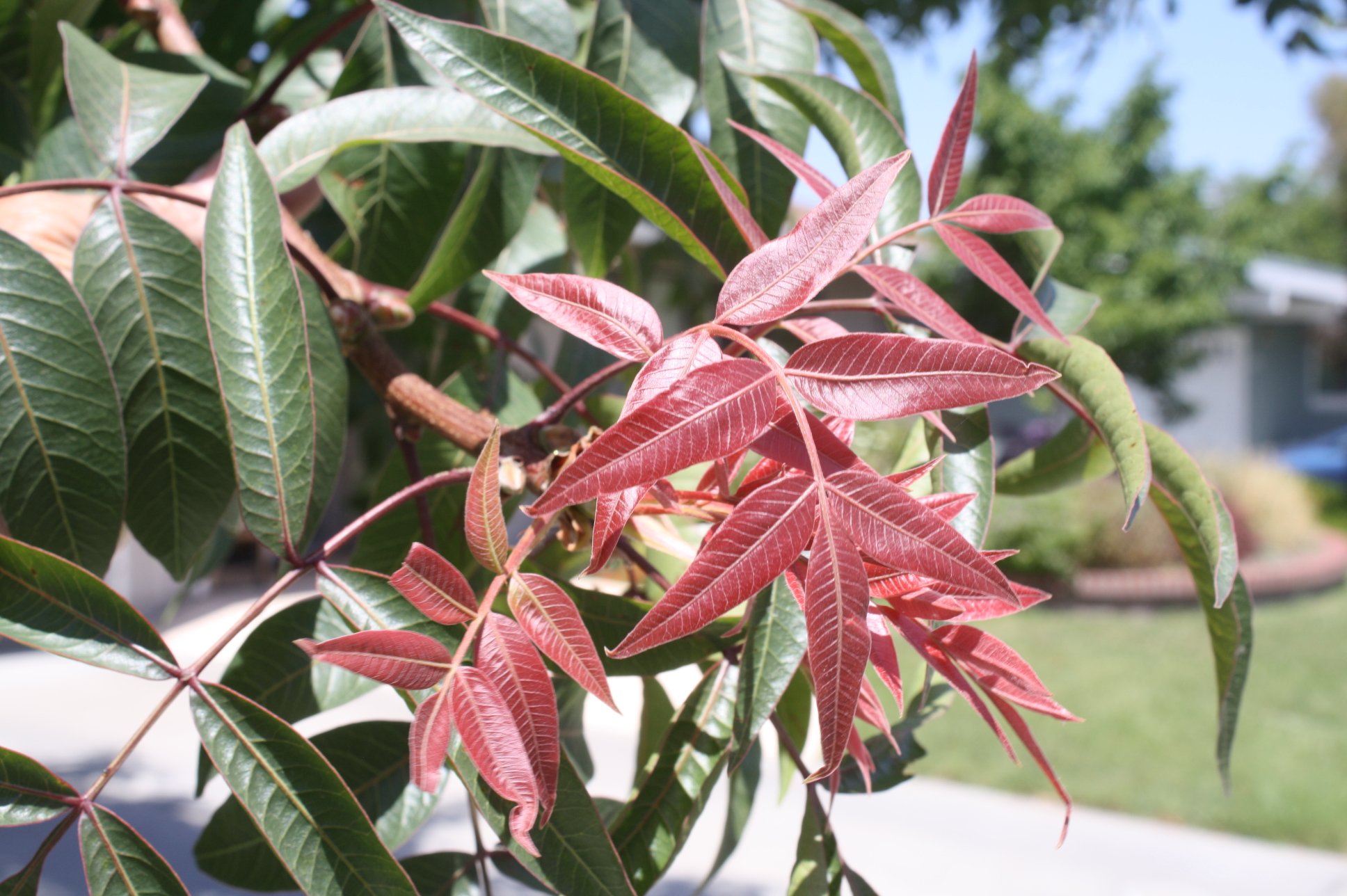
Readying Urban Forests for Climate Realities with Garden Futurist Dr. Greg McPherson
Winter 2023 Listen to the Podcast here. “Going from the mow and blow to a more horticulturally knowledgeable approach to maintaining the landscape. And that
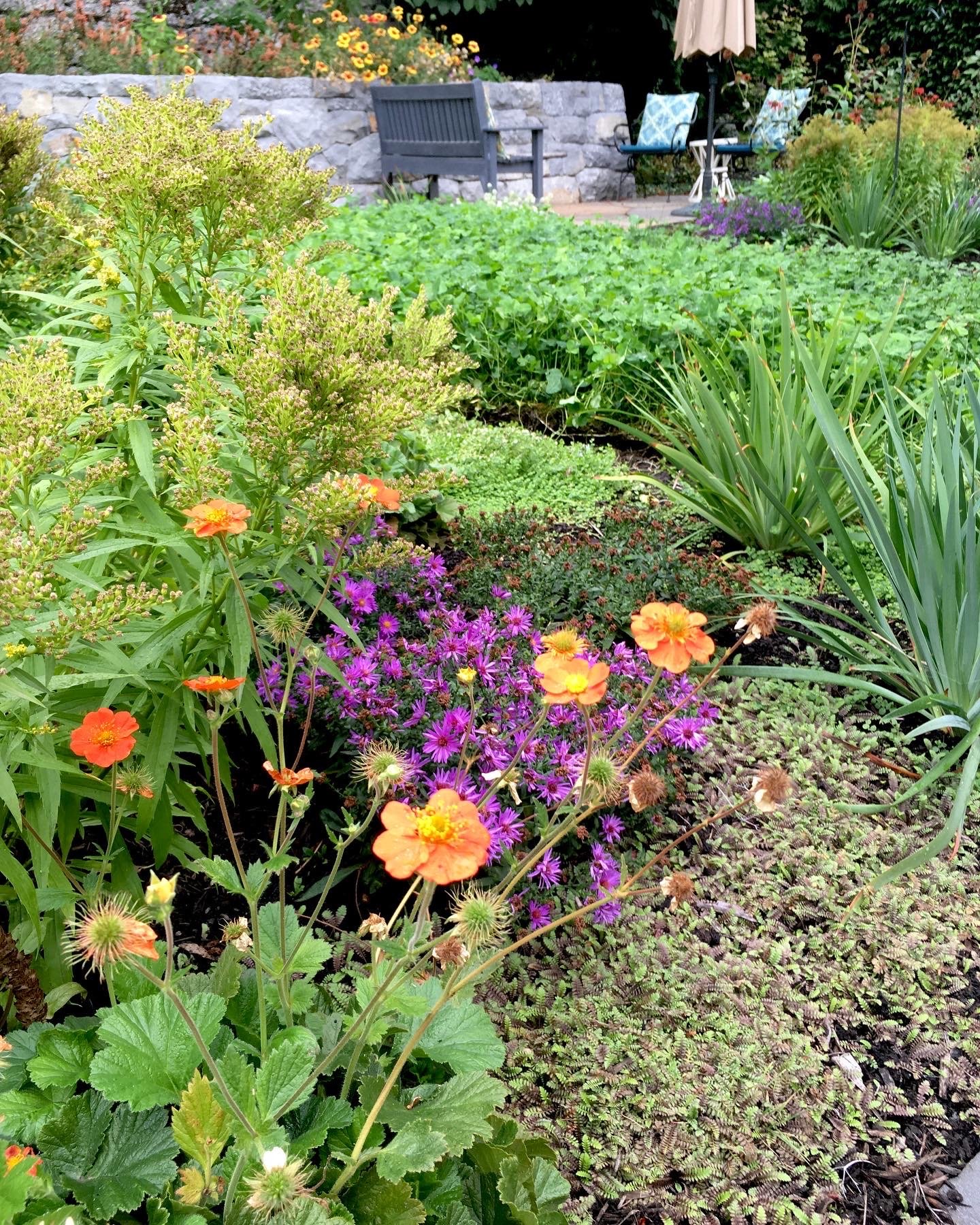
Nature Therapy from the Contemplative Garden
Winter 2022 Women’s hushed morning voices mingled with crashing waves and chattering crows. “The kettle’s still hot.” “Can you pass the honey?” Whoosh, crash, caw,





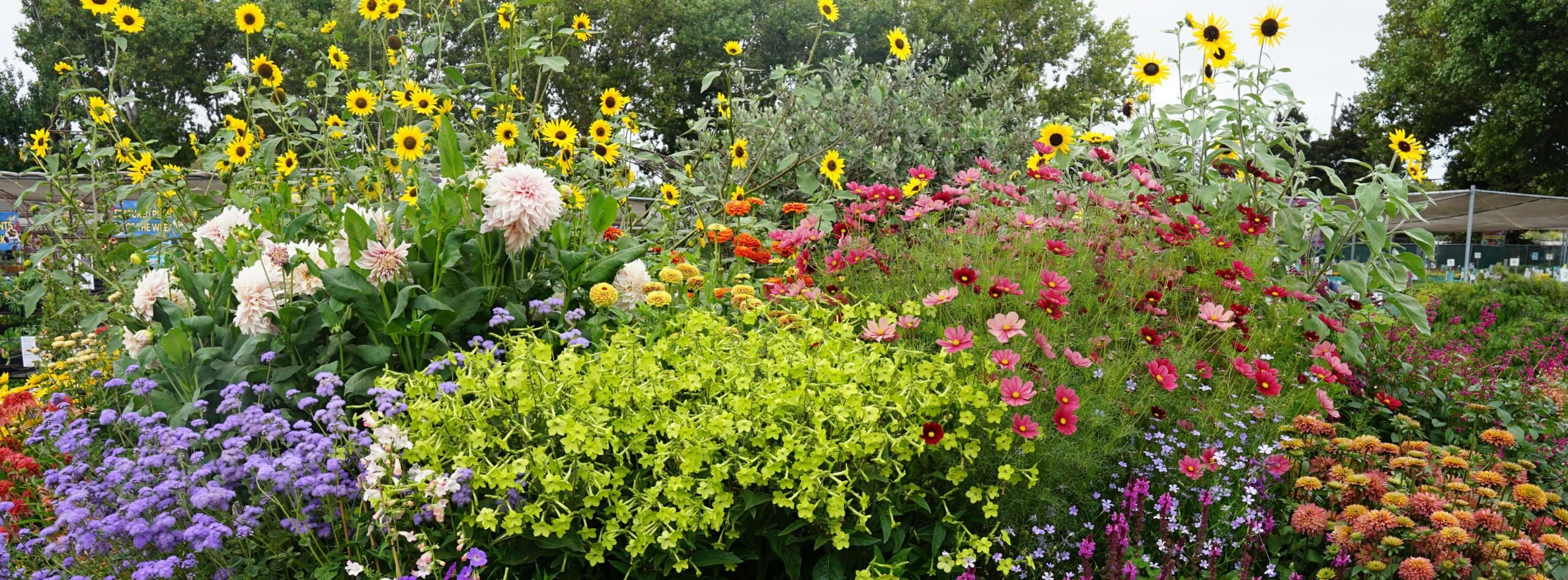

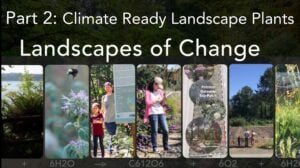
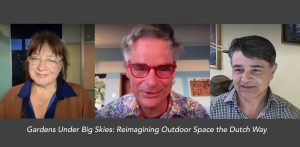
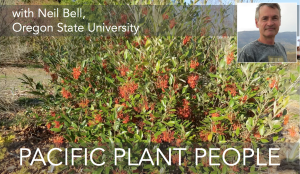
Responses